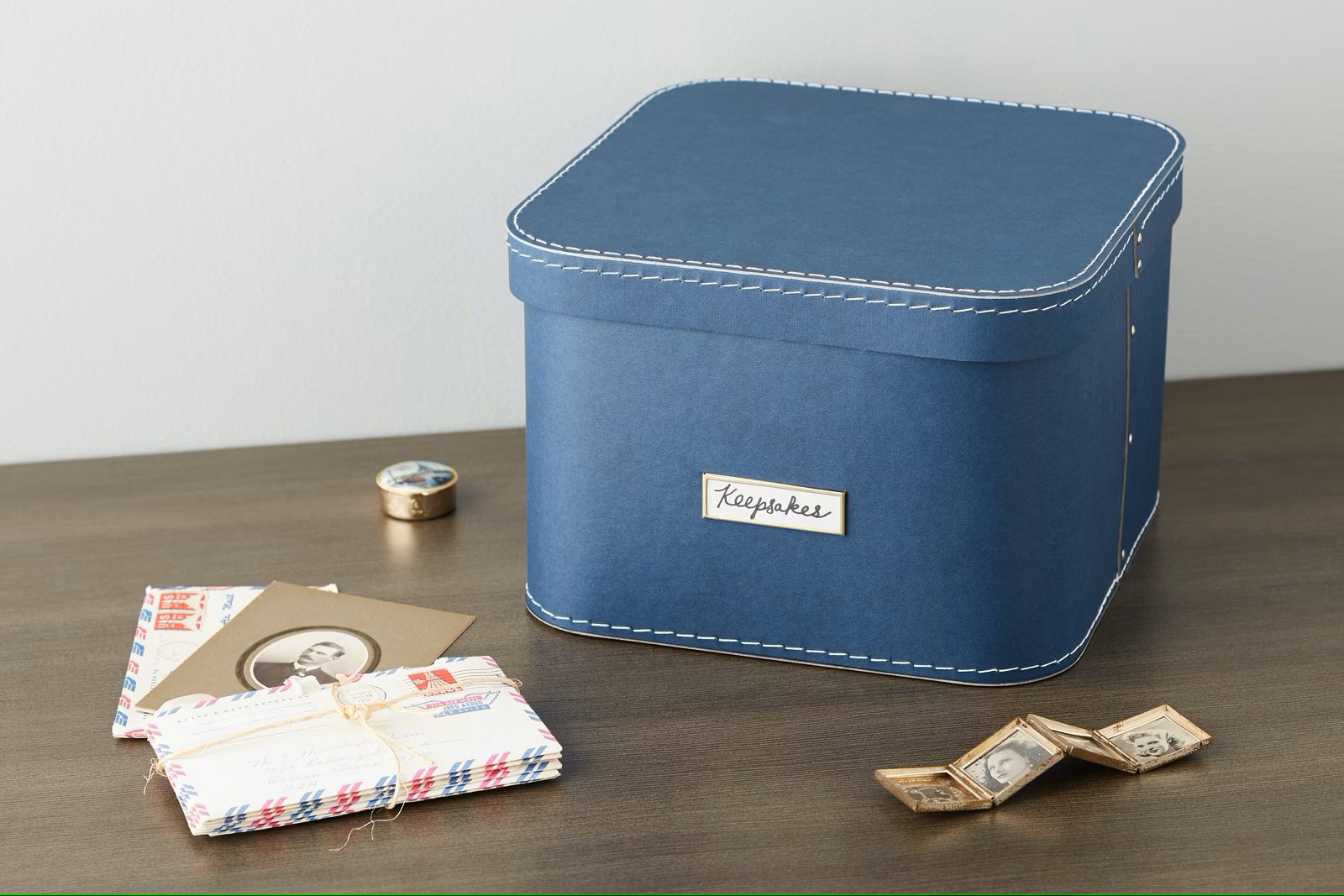

Articles
How To Store Keepsakes
Modified: January 5, 2024
Discover the best way to store and preserve your precious keepsakes with our informative articles. Keep your memories safe for years to come!
(Many of the links in this article redirect to a specific reviewed product. Your purchase of these products through affiliate links helps to generate commission for Storables.com, at no extra cost. Learn more)
Introduction
Keepsakes are cherished possessions that hold sentimental value and evoke precious memories. They can be anything from photographs, letters, and tickets to souvenirs, heirlooms, and special trinkets. Over time, the accumulation of these keepsakes can become overwhelming and cluttered. That’s why it’s essential to have a proper storage system in place to keep them safe, organized, and well-preserved.
In this article, we will discuss the importance of storing keepsakes, the various types of storage containers available, and the steps you can take to create an efficient and organized keepsake storage system.
Whether you want to declutter your living space, protect valuable family heirlooms, or simply keep your sentimental treasures in pristine condition, understanding how to store keepsakes effectively is crucial.
So let’s dive in and discover how you can store and preserve your keepsakes for years to come.
Key Takeaways:
- Preserve your cherished keepsakes by choosing archival-quality storage containers, creating an efficient organization system, and protecting them from moisture and sunlight.
- Ensure the longevity of your keepsakes by carefully categorizing, labeling, and indexing your storage, and selecting an appropriate storage location within your home.
Why Storing Keepsakes is Important
Keepsakes are not just ordinary possessions; they hold a special place in our hearts and memories. They often represent significant milestones, relationships, and experiences that we treasure. Storing keepsakes properly is essential for several reasons:
- Preservation: Keepsakes are often made of materials that can deteriorate over time, such as photographs that can fade or letters that can become brittle. Proper storage can help slow down this deterioration process and preserve the original condition of these items.
- Sentimental Value: Keepsakes carry tremendous sentimental value, and their loss or damage can be devastating. By storing them properly, you can ensure their longevity and protect them from accidents, such as spills, tears, or breakage.
- Organization: Storing keepsakes in a systematic manner keeps them organized and easily accessible. This allows you to revisit cherished memories and locate specific items whenever you want without the frustration of searching through cluttered spaces.
- Decluttering: Over time, keepsakes can accumulate and take up unnecessary space in your living area. By storing them in designated containers or storage solutions, you can declutter your space and create a more organized and streamlined environment.
- Passing Down Generations: Many keepsakes hold not just personal significance but also familial and historical value. By storing them properly, you can pass them down to future generations, enabling them to connect with their family history and appreciate the significance of these heirlooms.
By understanding the importance of storing keepsakes, you can take the necessary steps to ensure their longevity, protect their sentimental value, and keep them organized for future generations to cherish.
Choosing the Right Storage Containers
When it comes to storing keepsakes, selecting the right storage containers is key to preserving their quality and ensuring their longevity. Here are some factors to consider when choosing the right storage containers:
- Material: Look for storage containers made of archival-quality materials that are acid-free, lignin-free, and pH neutral. These materials help prevent deterioration and protect keepsakes from potential damage.
- Size: Consider the size of your keepsakes and choose containers that are spacious enough to accommodate them without causing any damage. It’s a good idea to have containers in various sizes to accommodate different items.
- Sturdiness: Durability and sturdiness are essential when selecting storage containers. Look for containers that are made of high-quality materials and have secure closures to prevent dust, moisture, and pests from entering.
- Transparency: Opt for transparent or semi-transparent containers that allow you to easily identify the contents without the need to open each one. This can save you time and effort when searching for specific keepsakes.
- Stackability: If you have limited space, consider containers that are stackable. This will help maximize your storage area and keep your keepsakes organized while taking up less space.
- Specialty Containers: Depending on the nature of your keepsakes, you may need special containers such as acid-free photo storage boxes, jewelry organizers, or document holders. Invest in these specialty containers to ensure the specific needs of your keepsakes are met.
Remember that storing keepsakes is about more than just finding any container to hold them. It is crucial to prioritize the preservation and protection of your sentimental items by choosing the right storage containers that meet their specific requirements.
Creating a System for Organizing Keepsakes
Organizing your keepsakes is essential for easy retrieval and to ensure they remain in optimal condition. Here are steps to create an efficient system for organizing your keepsakes:
- Assess Your Keepsakes: Begin by taking inventory of your keepsakes. Sort them into categories such as photographs, letters, souvenirs, and mementos. This will help you determine the appropriate storage containers and organize them more effectively.
- Designate Storage Areas: Identify dedicated storage areas for your keepsakes, such as a closet, attic, or basement. Ensure these spaces are clean, dry, and free from potential hazards like direct sunlight or extreme temperature fluctuations.
- Create a Labeling System: Develop a labeling system to easily identify the contents of each storage container. Use labels or tags with clear descriptions and include dates or any other relevant information. This will save you time when searching for specific keepsakes.
- Use Clear Plastic Bins: Clear plastic bins are an excellent choice for organizing and storing keepsakes. They allow you to see the contents without opening the container, making it easier to locate specific items.
- Arrange items by Category or Chronology: Group your keepsakes by category or arrange them in chronological order. Decide on a system that makes sense to you and aligns with how you envision retrieving and enjoying your keepsakes in the future.
- Consider Digital Storage: For certain types of keepsakes like photographs or documents, consider digitizing them to reduce clutter and create a backup. Store digital copies on external hard drives or cloud storage platforms for easy access.
- Regularly Revisit and Update: Periodically review and update your keepsake storage system. As you acquire new items, make sure to integrate them into your existing organization system to maintain a cohesive and efficient setup.
A well-organized system for storing keepsakes not only keeps your cherished memories safe but also allows you to easily access and enjoy them whenever you desire. Customize the system to fit your specific needs and preferences, and remember to regularly maintain and update it as your keepsake collection evolves.
Sorting and Categorizing Keepsakes
Sorting and categorizing your keepsakes is a crucial step in organizing and storing them efficiently. By properly categorizing your items, you can easily locate specific keepsakes and maintain a structured storage system. Here are some tips for sorting and categorizing your keepsakes:
- Sort by Theme or Event: Begin by sorting your keepsakes into categories based on common themes or events. For example, you can have categories such as vacations, milestones, family, friends, or hobbies. This will help you group similar items together.
- Separate Fragile Items: Identify and separate fragile keepsakes that require special attention and care. Fragile items like glassware, ceramics, or delicate fabrics should be stored in protective containers, such as padded boxes or foam-lined cases, to prevent damage.
- Create Subcategories: Within each main category, consider creating subcategories for further organization. For instance, within the family category, you could have subcategories like parents, siblings, grandparents, or children.
- Organize by Chronology: If you have a collection of items that span different time periods, organizing them chronologically can provide a historical context. This can be particularly helpful for items like letters, photographs, or documents.
- Label and Document: As you sort and categorize your keepsakes, label each container with a clear description of its contents. Additionally, consider documenting the details of each keepsake, such as the date, location, and significance. This will provide invaluable context for future generations.
- Consider Proximity: When storing keepsakes from the same event or theme, try to keep them close to each other. This will make it easier to access related items and maintain the integrity of the story or memory they represent.
- Regularly Review and Adjust: Periodically review and adjust your categorization system as your keepsake collection grows. As new items are added, ensure they are placed in the appropriate categories or create new categories if needed.
By sorting and categorizing your keepsakes, you not only maintain a well-organized storage system but also enhance the sentimental value of each item. Take the time to create a system that reflects your personal preferences and facilitates easy retrieval and enjoyment of your cherished memories.
Read more: How To Store Store-Bought Bread
Properly Packaging Fragile Keepsakes
Fragile keepsakes require extra care and attention to ensure their safety and preservation while in storage. Improper handling or inadequate packaging can result in damage or even loss of these precious items. Here are some guidelines for properly packaging your fragile keepsakes:
- Clean and Prepare: Before packaging, make sure to clean your fragile keepsakes to remove any dirt or dust that may have accumulated on them. Use a soft cloth or brush to gently clean the surface of the item.
- Wrap in Acid-Free Tissue: Begin by wrapping the fragile keepsake in acid-free tissue paper. This will help protect it from scratches and provide a barrier against moisture and other environmental factors.
- Padding: For added protection, use padding materials such as bubble wrap or foam to provide cushioning around the fragile item. Pay attention to the delicate areas or protruding parts that may require extra padding.
- Select Appropriate Containers: Choose storage containers that are specifically designed for fragile items, such as padded boxes or foam-lined cases. These containers provide an extra layer of protection against impact and ensure the integrity of the fragile keepsake.
- Secure the Packaging: Use packing tape or straps to secure the packaging and ensure that it stays in place. Avoid using adhesives directly on the fragile item as they may leave residue or cause damage.
- Handle with Care: When transporting or placing the packaged fragile keepsakes in storage, handle them gently and with utmost care. Use both hands and be cautious of any sudden movements that may potentially cause damage.
- Store in a Controlled Environment: Fragile keepsakes are sensitive to changes in temperature, humidity, and light. Ensure that they are stored in a cool, dry place away from direct sunlight. Avoid storing them in areas prone to extreme temperature fluctuations or high humidity levels.
- Regular Inspection: Periodically check on your fragile keepsakes to ensure there are no signs of damage, such as cracks, discoloration, or mold. If any issues are detected, take immediate action to address them and prevent further damage.
- Proper Lifting and Stacking: When storing multiple fragile items, be mindful of how you lift and stack the containers. Place heavier items at the bottom and be cautious not to stack them too high to prevent the risk of them falling or collapsing.
By taking the necessary precautions and properly packaging your fragile keepsakes, you can ensure their safety and longevity, allowing you to enjoy and pass down these cherished items for generations to come.
Store keepsakes in acid-free boxes or containers to prevent yellowing and deterioration. Use tissue paper to wrap delicate items and label each box for easy identification.
Labeling and Indexing Your Keepsake Storage
Properly labeling and indexing your keepsake storage is essential for easy identification and retrieval of specific items. This ensures that you can quickly locate the keepsakes you want without the need to rummage through numerous containers. Here are some guidelines for effectively labeling and indexing your keepsake storage:
- Clear and Descriptive Labels: Use clear and descriptive labels on each storage container. Include information such as the category of the keepsakes, a brief description of the contents, and any significant details, such as the date or location associated with the keepsakes.
- Consistent Labeling System: Establish a consistent labeling system to maintain uniformity and avoid confusion. Decide on a format for labeling, whether it’s handwritten or printed, and stick to it throughout your keepsake storage.
- Color Coding: Consider using color-coded labels or stickers to further categorize your keepsake storage. Assign specific colors to different categories or themes, making it easier to visually identify and retrieve the desired keepsakes.
- Index or Inventory List: Create an index or inventory list that provides an overview of the contents of each storage container. This can be in the form of a spreadsheet or a notebook, listing the container number or name alongside the corresponding keepsakes. It serves as a quick reference guide when searching for specific items.
- Digital Indexing: For larger collections or if you prefer a digital approach, consider creating a digital inventory using document or spreadsheet software. This allows for easy searching and updating of the index, as well as providing a backup in case of loss or damage to physical records.
- Scan or Photograph Keepsakes: To enhance the indexing process, you can scan or photograph important keepsakes before storing them. This provides a visual reference in your inventory list or digital index, making it easier to identify items without having to physically go through each container.
- Regularly Update and Maintain: Keep your labeling and indexing system up to date by adding new keepsakes to the inventory list and adjusting labels as needed. It’s important to review and maintain your system regularly to ensure accuracy and efficiency.
- Accessible Indexing: Ensure that your index or inventory list is easily accessible. Keep a copy in a designated area or digitally store it in a secure location where you can easily refer to it when needed.
By implementing a comprehensive labeling and indexing system for your keepsake storage, you can save time and effort in locating specific items, stay organized, and fully enjoy the memories and sentimental value associated with each keepsake.
Selecting an Appropriate Storage Location
Choosing the right storage location for your keepsakes is crucial for their long-term preservation and protection. The storage environment plays a significant role in preventing damage from elements such as temperature fluctuations, humidity, light exposure, and pests. Here are some factors to consider when selecting an appropriate storage location for your keepsakes:
- Avoid Direct Sunlight: Sunlight can cause fading and deterioration of your keepsakes over time. Choose a storage location away from direct sunlight, such as a closet or a room with curtains or blinds to minimize exposure.
- Controlled Temperature: Avoid extreme temperature fluctuations, as they can cause damage to fragile items or accelerate deterioration. Opt for a storage area with a stable temperature between 50-75°F (10-24°C).
- Low Humidity: High humidity can lead to mold, mildew, and degradation of organic materials. Aim for a storage area with relative humidity levels between 40-50% to minimize the risks of moisture damage.
- Good Ventilation: Ensure your storage area has adequate ventilation to prevent the buildup of musty odors or moisture. Proper airflow helps maintain a fresh and dry environment for your keepsakes.
- Security: Select a storage location that ensures the safety and security of your keepsakes. If storing in a basement or attic, consider placing them in locked cabinets or using security measures like alarms or surveillance systems.
- Away from Water Sources: Keep your keepsakes away from water sources such as pipes, sinks, or other areas prone to leaks. In case of unexpected water damage, your keepsakes will remain protected.
- Pest Control: Take precautions to prevent pests such as insects or rodents from damaging your keepsakes. Use baits or traps if necessary and regularly inspect the storage area for any signs of pest activity.
- Accessibility: Consider the accessibility of your storage location. Choose a place that allows you to easily access and retrieve your keepsakes without the need to move heavy items or navigate through obstacles.
- Away from Hazardous Materials: Store your keepsakes away from any potential hazards such as chemicals, cleaning products, or sharp objects that could accidentally damage them.
- Personal Preference: Ultimately, choose a storage location that aligns with your personal preferences and the available space in your home. It should be an area where you feel comfortable and confident in the long-term preservation of your keepsakes.
By carefully considering these factors and selecting an appropriate storage location, you can ensure that your keepsakes remain safe, protected, and readily accessible for years to come.
Protecting Keepsakes from Moisture and Sunlight
Moisture and sunlight are two common elements that can cause significant damage to your keepsakes over time. Implementing proper protection measures will help preserve the quality and longevity of your cherished items. Here are some strategies to protect your keepsakes from moisture and sunlight:
- Use Airtight Containers: Place your keepsakes in airtight containers to minimize exposure to moisture in the air. Ensure the containers are made of materials that are resistant to moisture and provide a tight seal.
- Desiccant Packs or Silica Gel: Include desiccant packs or silica gel inside your storage containers to absorb excess moisture and maintain a dry environment. These moisture-absorbing agents help prevent mold and mildew growth on your keepsakes.
- Keep Away from Basements or Attics: Basements and attics are prone to fluctuations in temperature and humidity, making them less suitable for storing keepsakes. Opt for a storage area within your home that maintains stable temperature and humidity levels.
- Utilize Climate-Controlled Storage: If storing in an off-site facility, consider renting a climate-controlled storage unit. These units maintain consistent temperature and humidity levels, providing an optimal environment for the preservation of your keepsakes.
- Avoid Sunlight Exposure: Keep your keepsakes away from direct sunlight, as it can cause fading and deterioration. Store them in a dark or shaded area, or use UV-resistant covers or curtains to block out harmful UV rays.
- Properly Wrap Fragile Items: Fragile keepsakes, such as photographs or artwork, should be wrapped in acid-free tissue paper or archival sleeves to protect them from sunlight and prevent degradation.
- Consider UV-Protective Glass or Frames: When displaying or framing valuable keepsakes that are sensitive to sunlight, consider using UV-protective glass or frames. These specially designed materials filter out harmful UV rays, reducing the risk of damage to your items.
- Monitor Humidity Levels: Use a hygrometer to monitor the humidity levels in your storage area. If the levels are too high, use dehumidifiers to bring them down to the recommended range of 40-50% to prevent moisture-related issues.
- Regularly Inspect and Clean: Regularly inspect your keepsakes for any signs of moisture damage, mold, or fading. Clean them gently with appropriate materials if needed, taking extra care with delicate items to avoid further damage.
- Rotate Displays: If you choose to display some of your keepsakes, periodically rotate them to minimize prolonged exposure to sunlight. This helps distribute the light exposure evenly, reducing the risk of fading or damage.
By taking proactive measures to protect your keepsakes from moisture and sunlight, you can ensure that they remain in pristine condition and continue to bring you joy for years to come.
Read more: How To Store Basil From Store
Frequently Asked Questions about Storing Keepsakes
Here are some commonly asked questions about storing keepsakes:
1. How do I determine which keepsakes to store?
Consider the sentimental value and significance of each keepsake. Keep items that hold meaningful memories or have historical importance. Let go of items that no longer evoke joy or have lost their relevance.
2. Can I store keepsakes in cardboard boxes?
Cardboard boxes are not ideal for long-term storage as they are not moisture-resistant and can easily degrade over time. It is best to use archival-quality containers made of acid-free materials to protect your keepsakes.
3. Should I store keepsakes in my basement or attic?
Basements and attics are not recommended for storing keepsakes due to temperature and humidity fluctuations. These areas are often prone to moisture, pests, and changes in environmental conditions that can damage your items. Choose a more controlled and stable storage location within your home or consider a climate-controlled storage unit.
4. Can I store multiple items in the same container?
You can store multiple items in the same container, but it is important to ensure they are appropriately organized and protected. Use dividers or separators to prevent items from touching and potential damage. Properly cushion fragile items to avoid collisions or breakage.
5. How often should I check on my stored keepsakes?
It is a good practice to check on your stored keepsakes at least once a year. Inspect for any signs of damage, such as mold, pests, or deterioration. This allows you to address any issues promptly and make necessary adjustments to the storage conditions if needed.
6. Can I store keepsakes in a self-storage unit?
If you choose to store keepsakes in a self-storage unit, opt for a climate-controlled unit that provides a controlled environment with stable temperature and humidity levels. Ensure the unit is secure and away from potential hazards or risks.
7. Can I store keepsakes digitally?
Digitizing keepsakes like photographs or documents can be a great way to reduce physical clutter. Create digital copies and store them on external hard drives or in the cloud. However, remember to regularly back up your digital files and store them in a secure and accessible location.
8. What should I do if I discover damage to my stored keepsakes?
If you find damage to your keepsakes, take immediate action to prevent further damage. Separate the damaged items from the rest and consider seeking professional advice for restoration if necessary. Take steps to address any issues with storage conditions that may have caused the damage.
9. How do I handle delicate items when storing or moving them?
When handling delicate items, use caution and handle them with clean hands. Support fragile items from underneath or use padding to prevent stress or strain. Pack delicate items individually and label the containers as fragile.
10. Can I insure my stored keepsakes?
Some storage facilities offer insurance options for stored items, including keepsakes. Check with your storage facility or homeowner’s insurance provider to see if you can obtain insurance coverage for your stored keepsakes.
Remember that every keepsake is unique, so it is essential to consider its individual requirements when storing and preserving it. If you have any specific concerns or questions about storing your keepsakes, it is always best to consult with professionals who specialize in preservation and storage techniques.
Conclusion
Storing keepsakes properly is crucial for preserving their sentimental value and ensuring their longevity. By following the guidelines outlined in this article, you can create an organized and efficient storage system that protects your cherished memories for years to come.
Choosing the right storage containers, sorting and categorizing your keepsakes, packaging fragile items with care, and labeling and indexing your storage are all essential steps in the process. Additionally, selecting an appropriate storage location that protects your keepsakes from moisture and sunlight is crucial.
Remember to regularly inspect and maintain your keepsake storage, updating as needed to accommodate new items and changing storage requirements. By taking proactive measures to protect your keepsakes and investing time and effort in their organization and preservation, you ensure that these precious items can be enjoyed by future generations and continue to evoke precious memories.
Whether you are decluttering your living space, safeguarding family heirlooms, or simply seeking to maintain the sentimental value of your keepsakes, implementing these storage strategies will give you peace of mind knowing that your memories are well-preserved and easily accessible.
So take the time to store your keepsakes properly, keeping them safe from damage and decay, and allowing their significance to be cherished for years to come.
Frequently Asked Questions about How To Store Keepsakes
Was this page helpful?
At Storables.com, we guarantee accurate and reliable information. Our content, validated by Expert Board Contributors, is crafted following stringent Editorial Policies. We're committed to providing you with well-researched, expert-backed insights for all your informational needs.


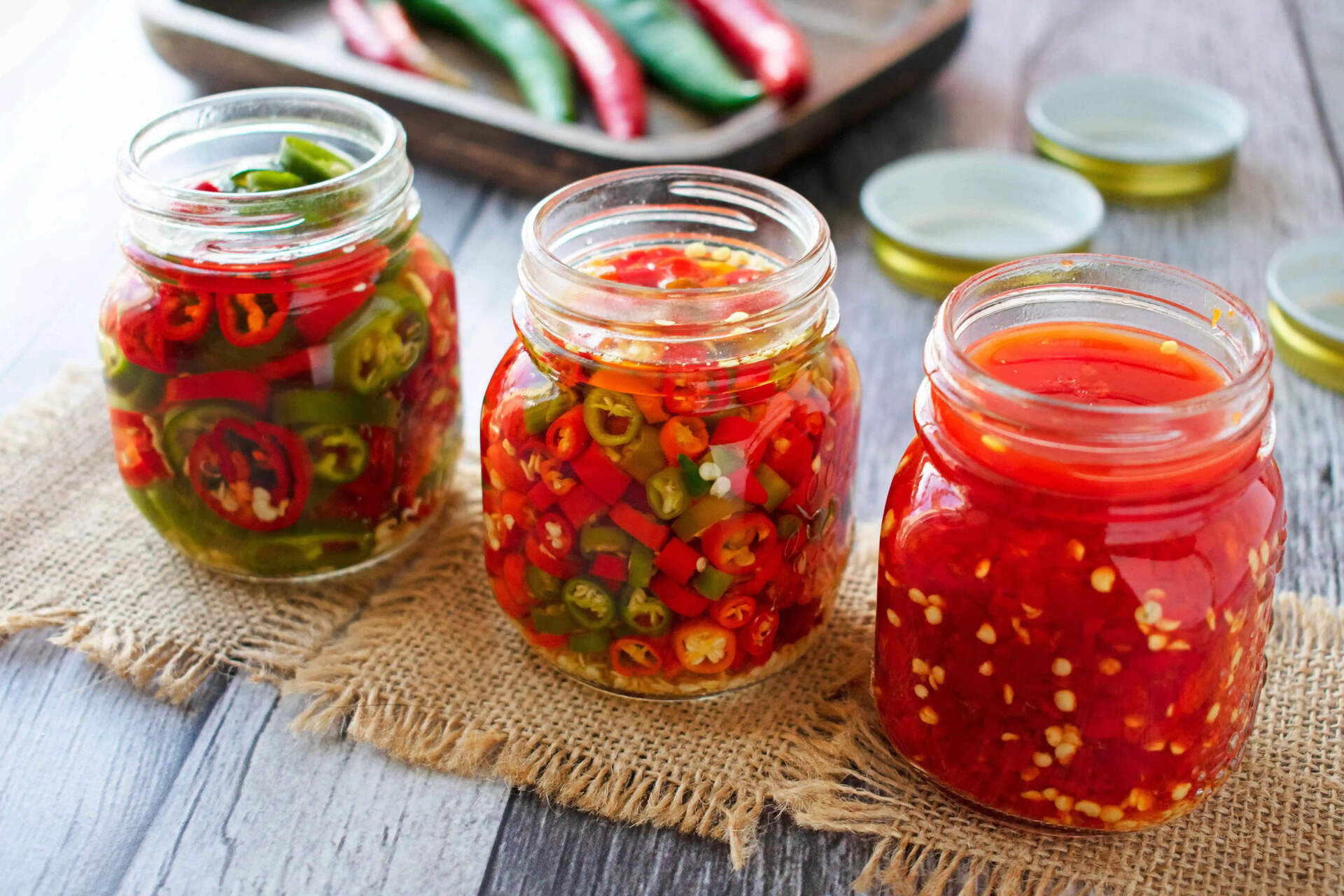
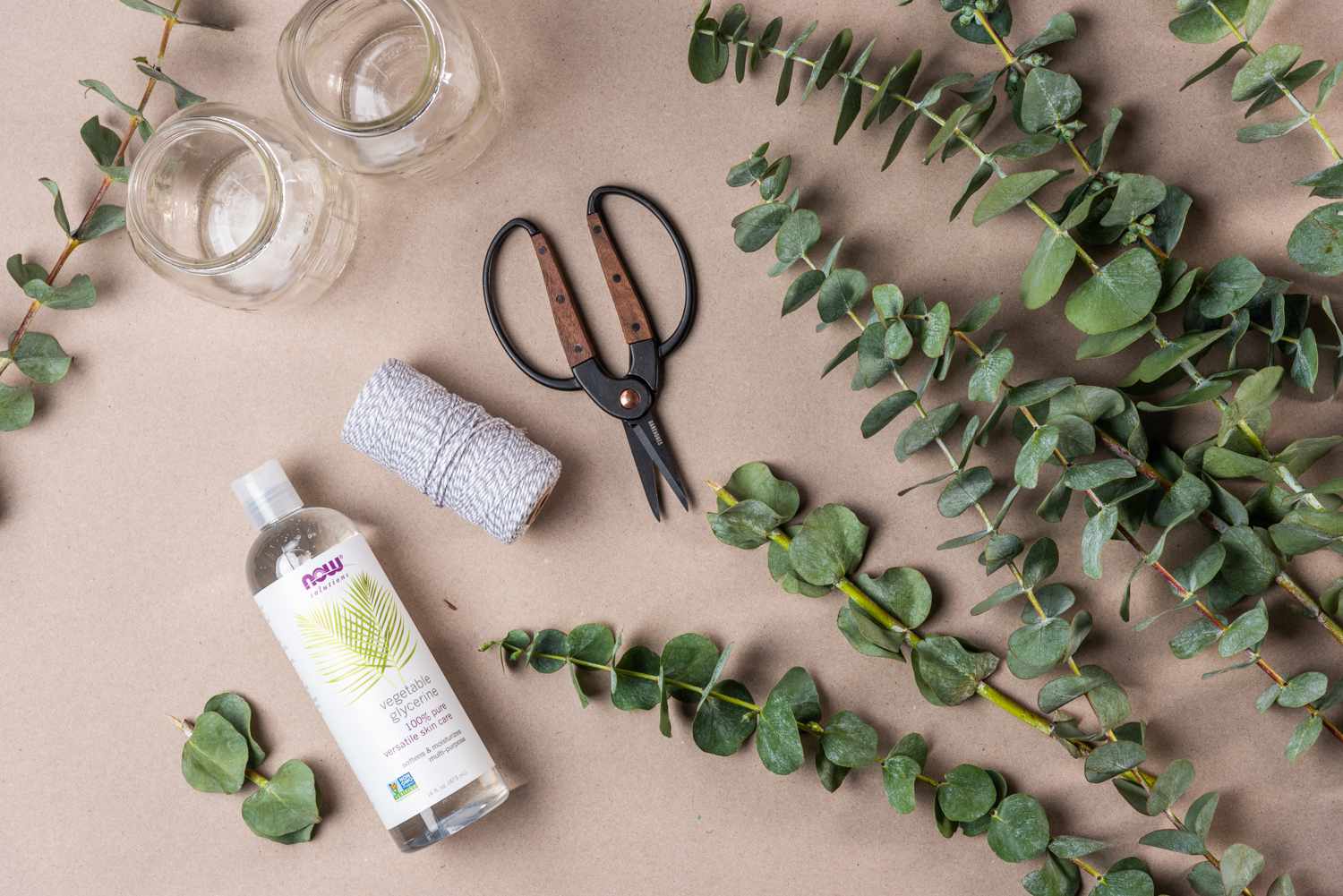
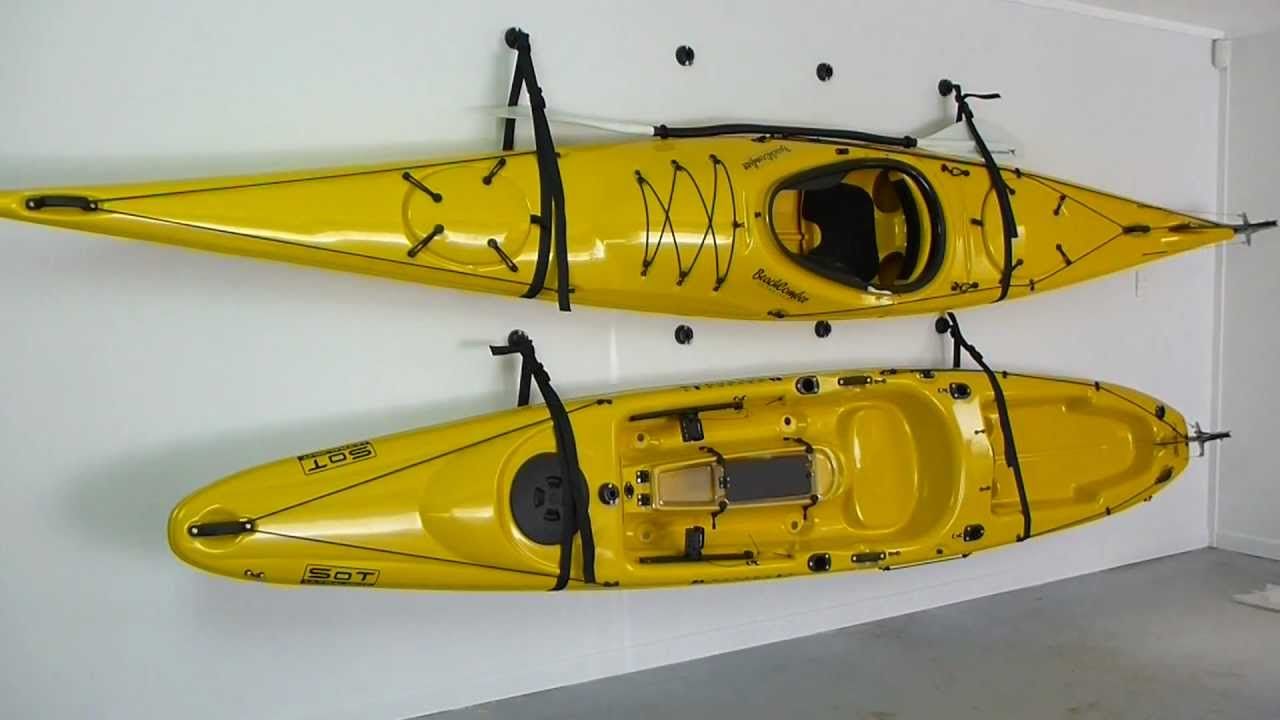
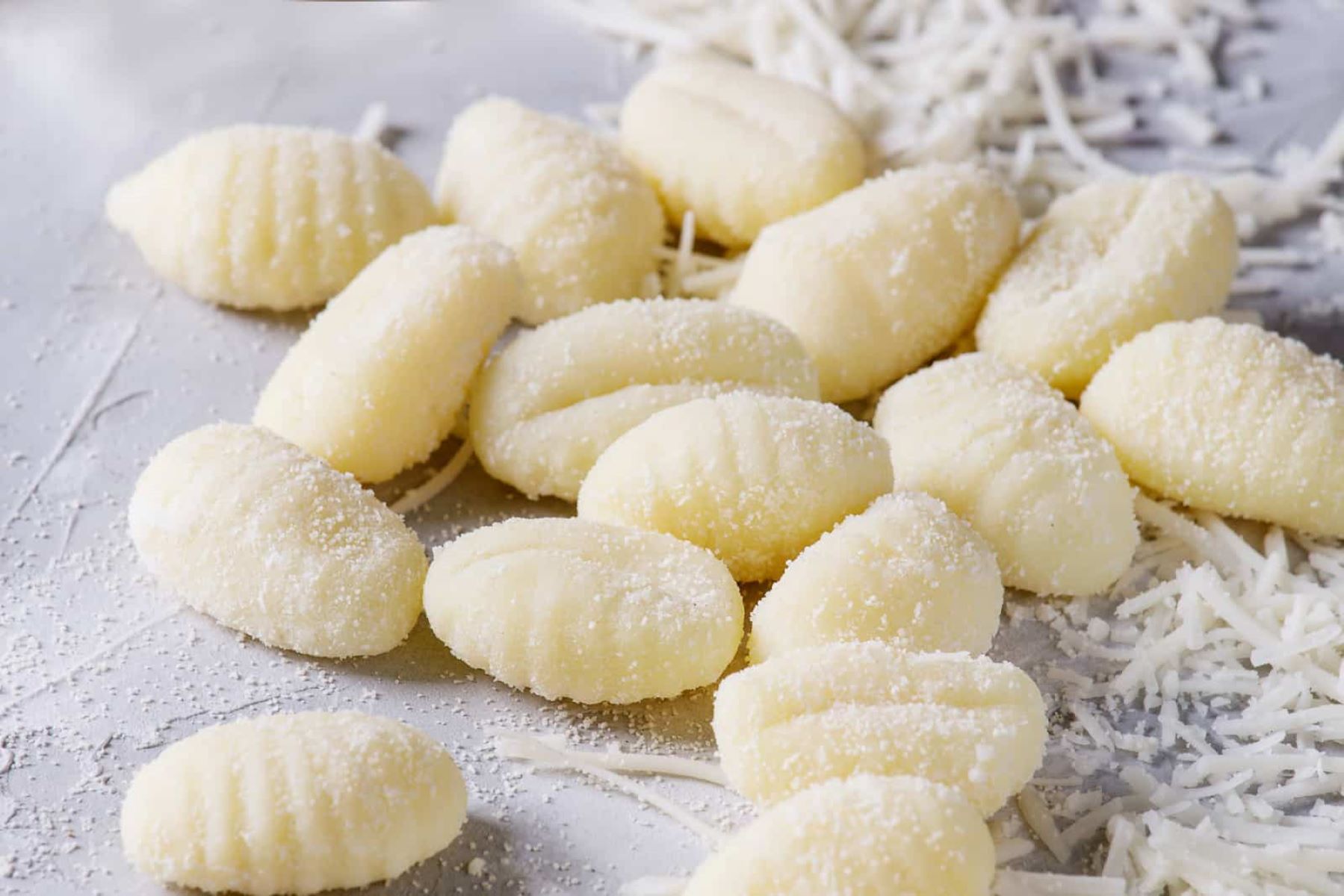
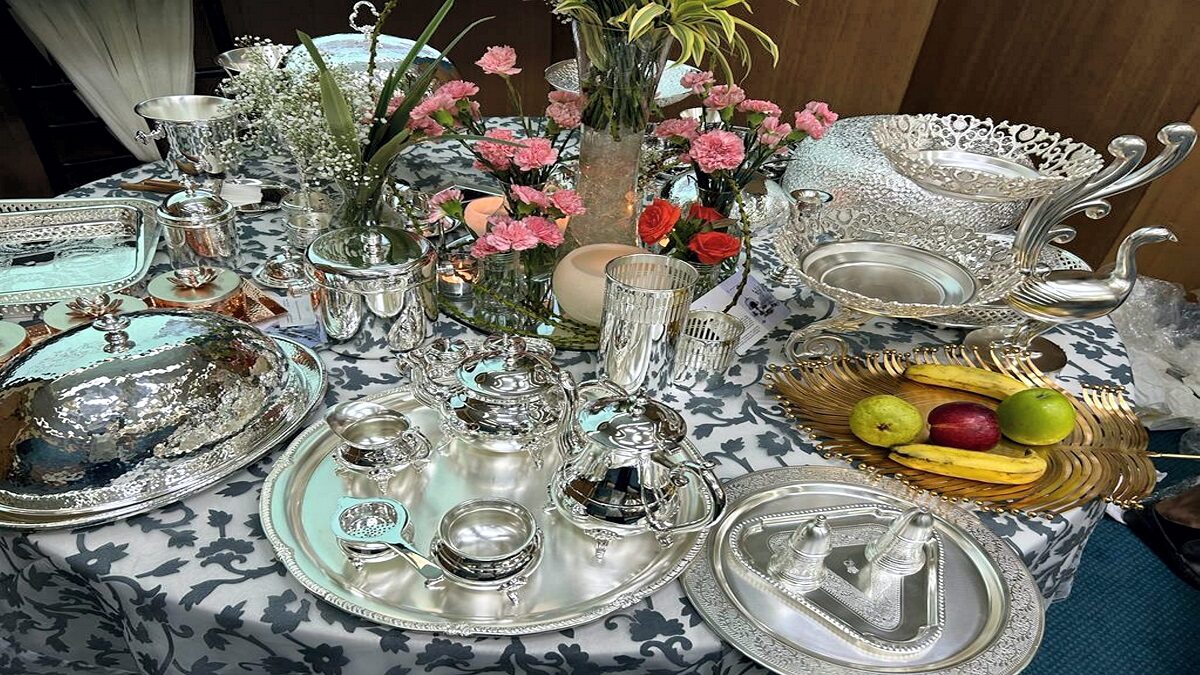

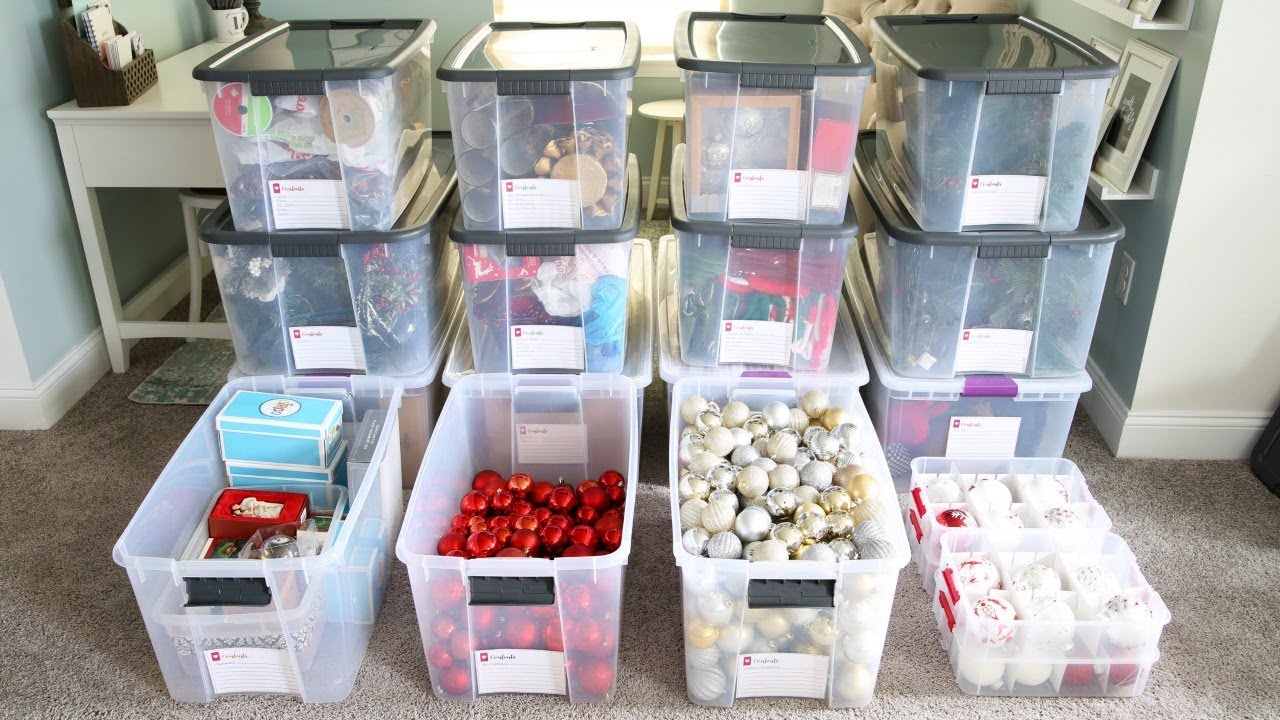
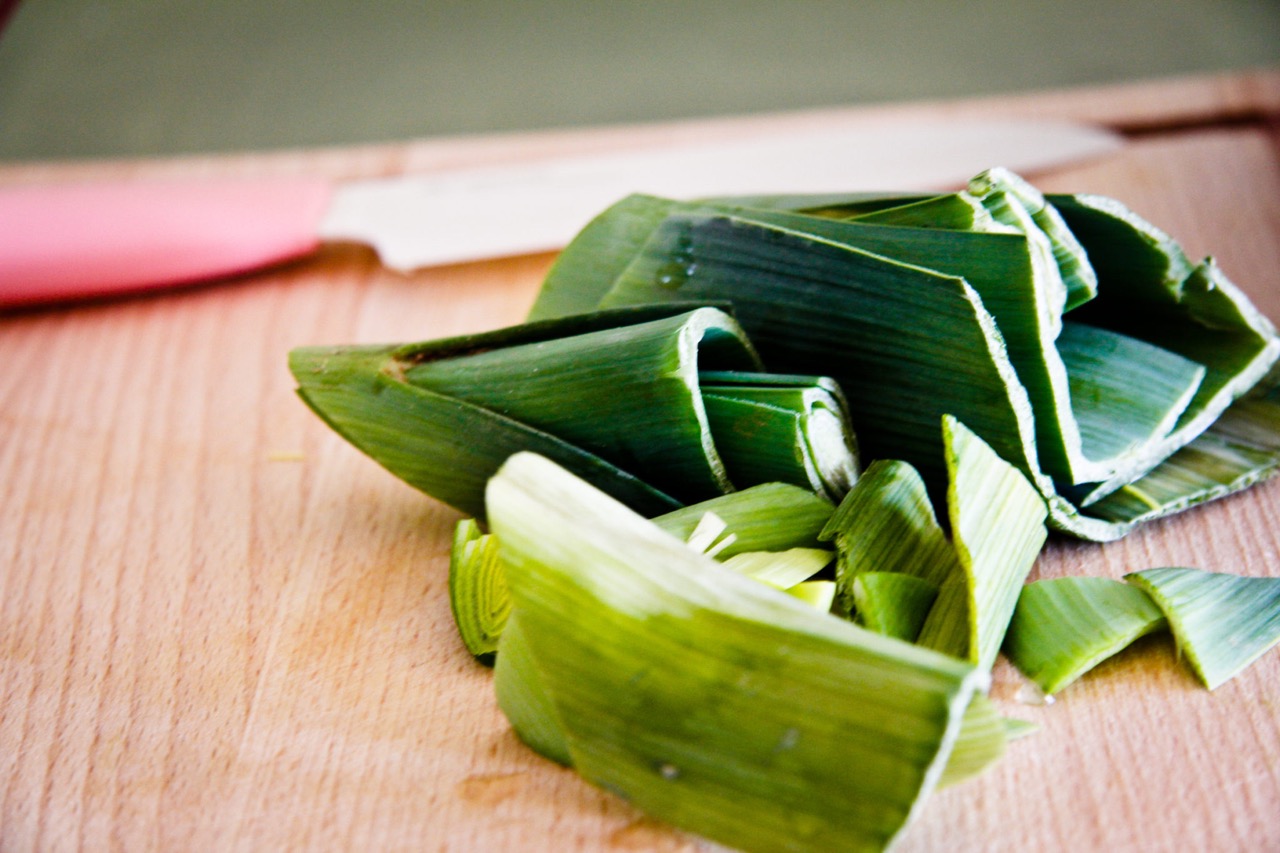
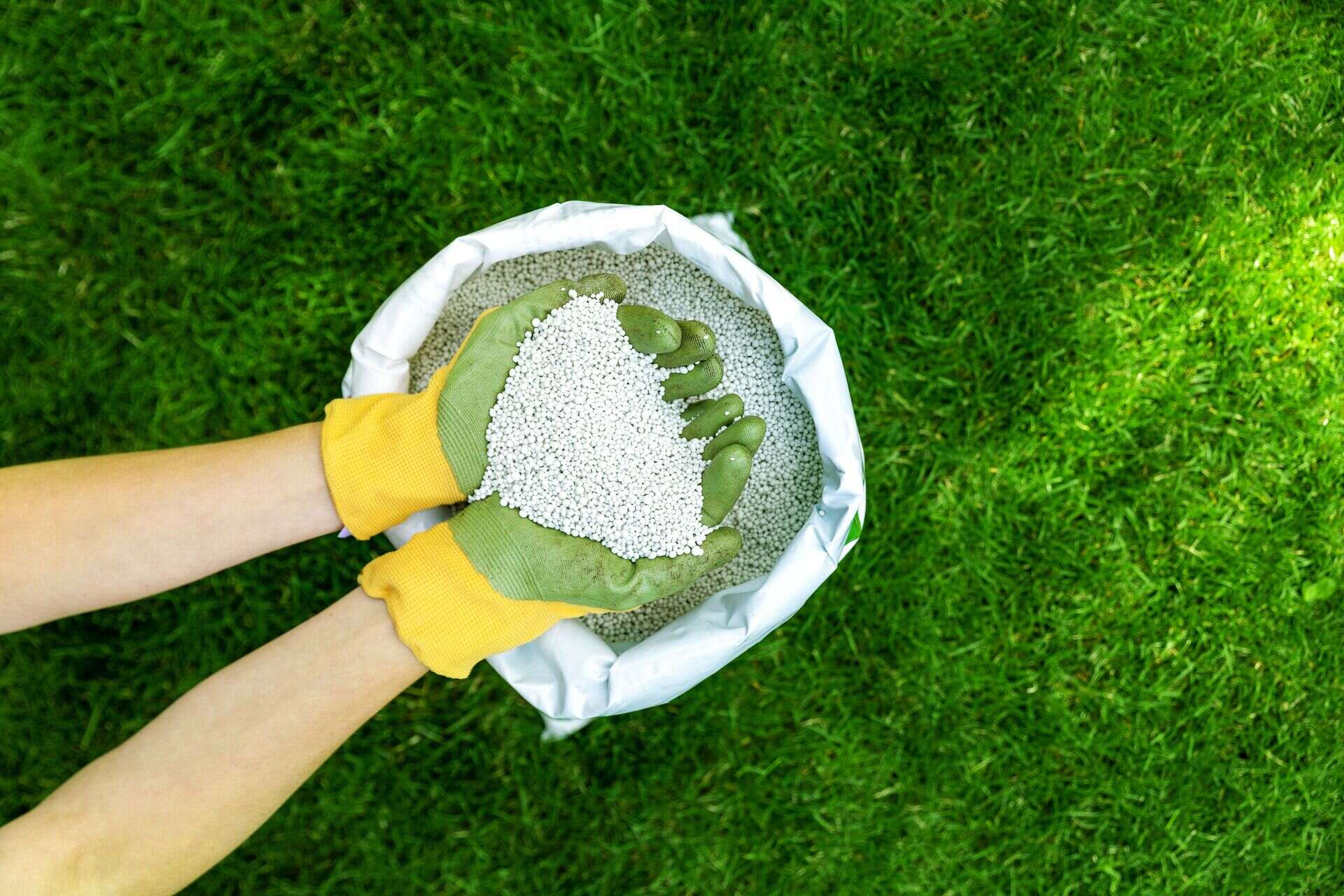
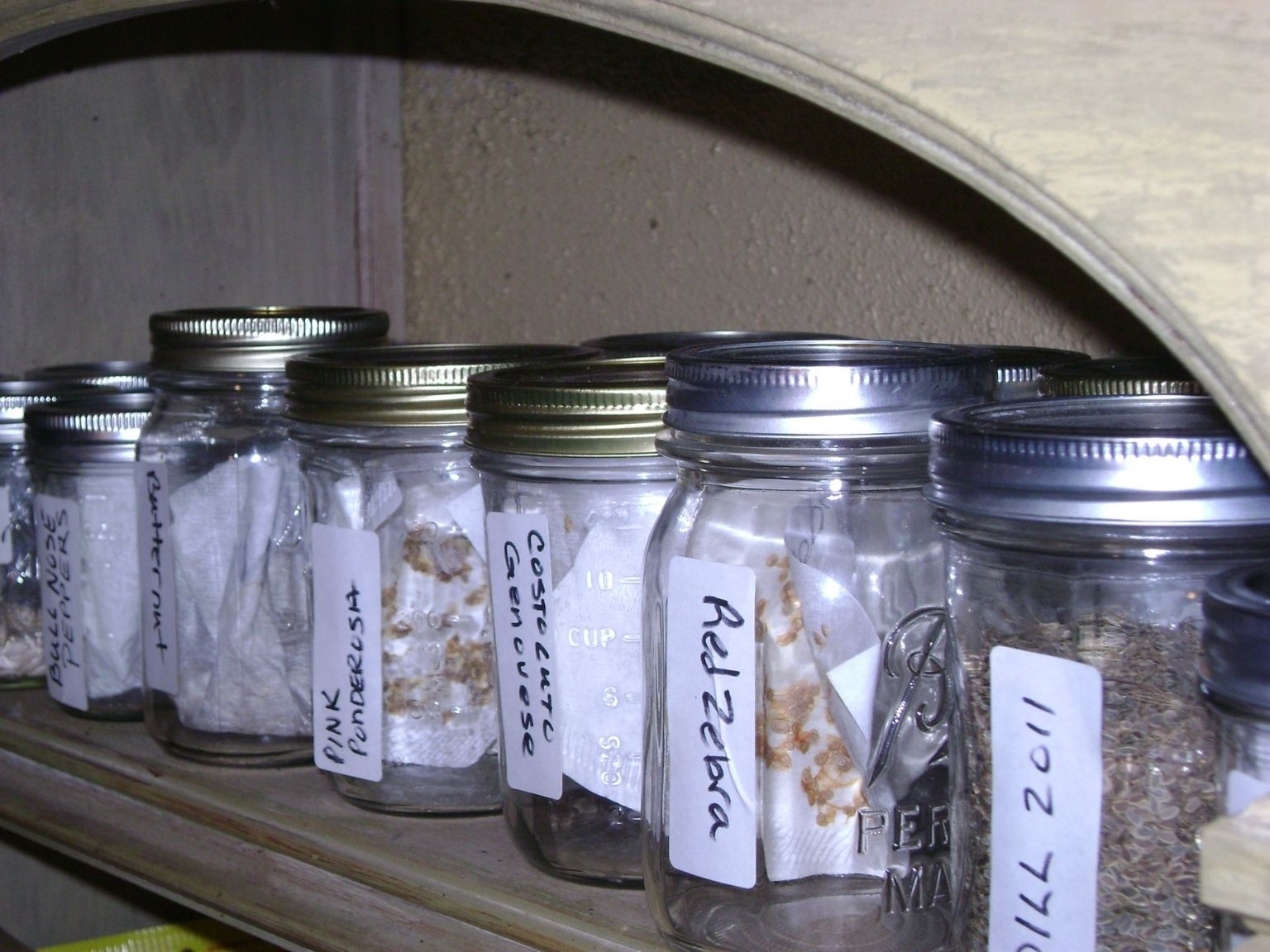
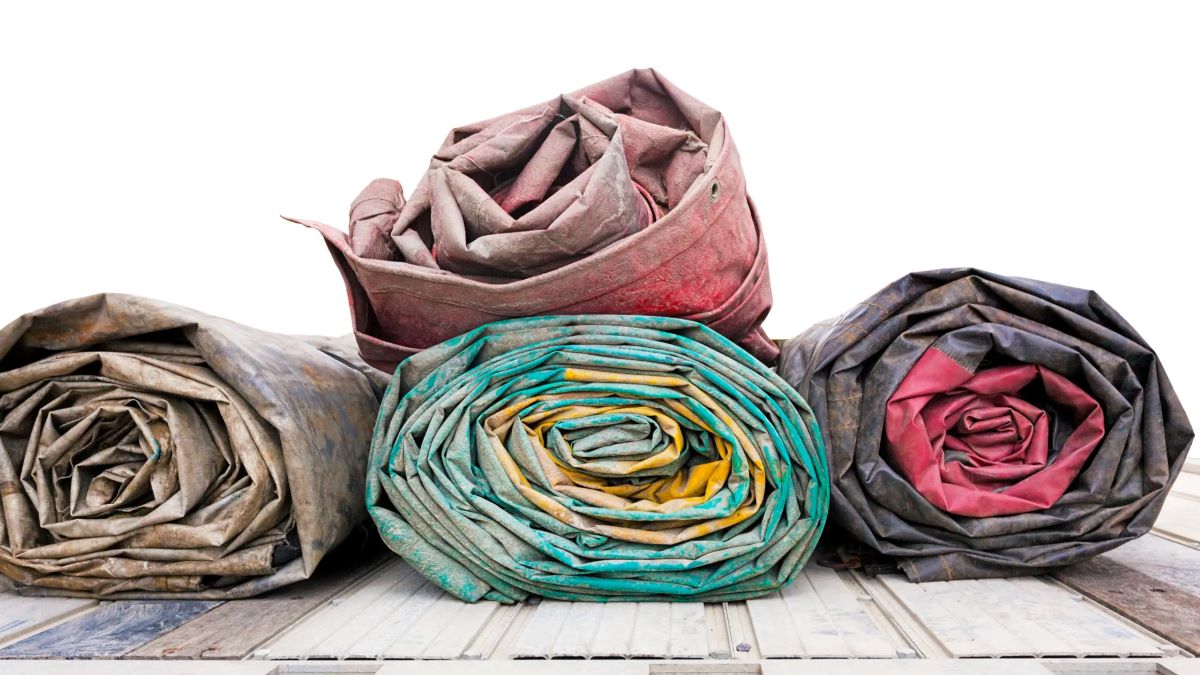

0 thoughts on “How To Store Keepsakes”